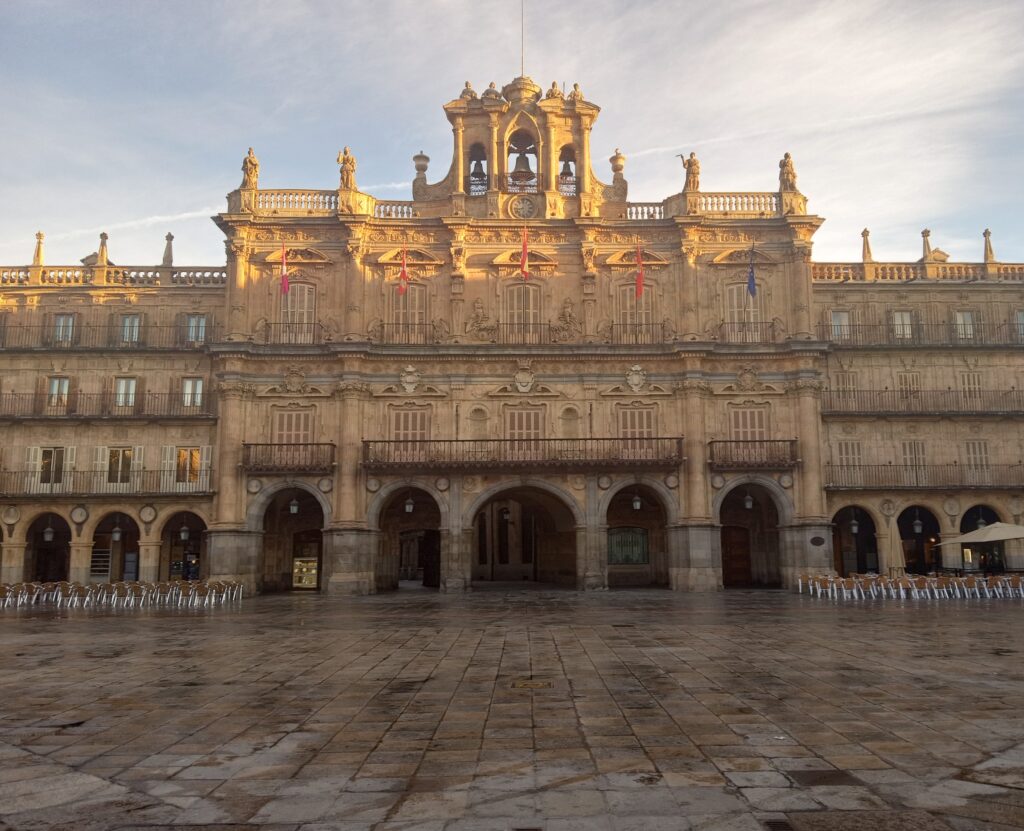
You know those places where you look around and don’t even know where to begin because you’re in awe of absolutely everything?
For me, that is Salamanca, Spain.
Salamanca is a small city of 145,000 in Spain’s Castile y León region. It’s most famous for its university. It is also a stop on the Via de la Plata Camino route.
The city dates back to Celtic times and went through similar ebbs and flows as the rest of Spain throughout the centuries. Having been conquered by the Romans and Muslims, eventually changing hands to the Catholic kings, Salamanca reached the height of its splendor in the 16th Century.
These days, students give this UNESCO Heritage Site a youthful energy as trendy bars and restaurants intermingle among centuries of religious and intellectual history. It’s the best of both worlds.
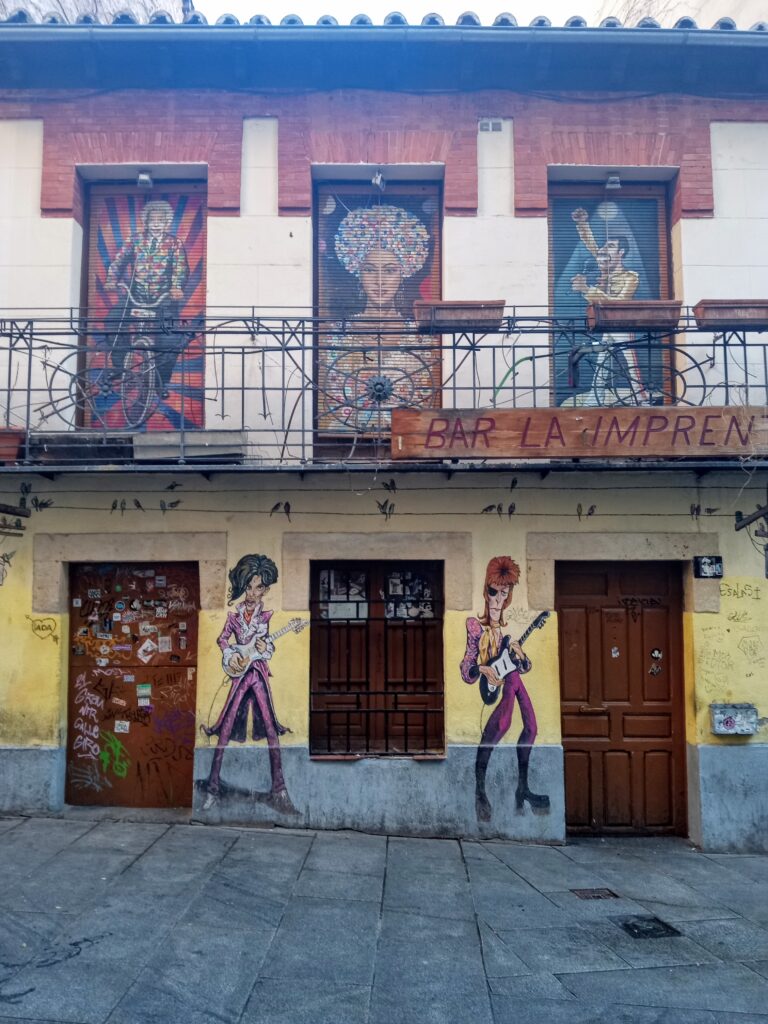
From students coming from all over Spain to party to those of us wanting to explore the historical sites, Salamanca has something to offer everyone. And spending a night here is a must.
While the modern city is somewhat underwhelming, the old town is where you will find the most spectacular architecture and major tourist attractions.
Whether you’re on holiday or walking the Camino, here’s what I think you shouldn’t miss in Salamanca.
Plaza Mayor
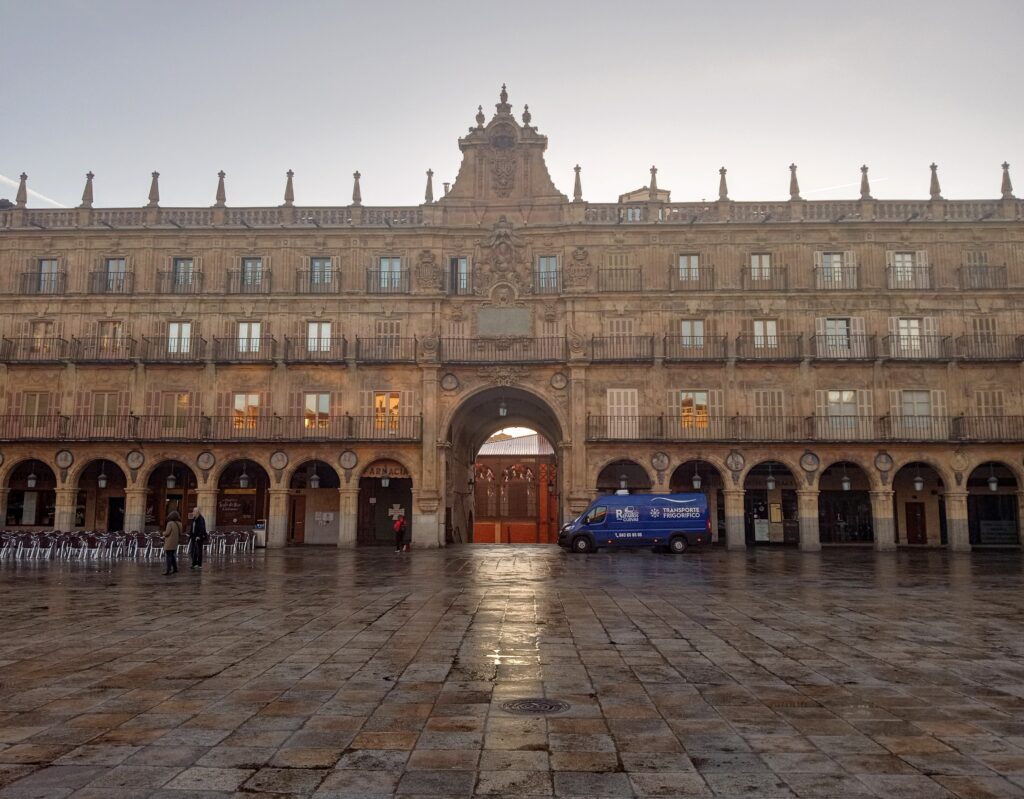
All roads lead to the breathtaking Plaza Mayor. I have seen a lot of Plaza Mayors around Spain, and I have to say, this is my favourite! Day and night, the plaza is packed with tourists and locals alike. And the terraces here are the best, especially in the evening
Plaza Mayor dates back to 1729 and was built in the Spanish Baroque style. Like other buildings around Salamanca, sandstone was the material used for construction. This is why Salamanca’s buildings have an ethereal glow that seems to move with the light.
The plaza was used for bullfighting until the mid-19th Century. But today, it’s full of shops, restaurants, private residences and City Hall. It is the city’s living room.
Salamanca University
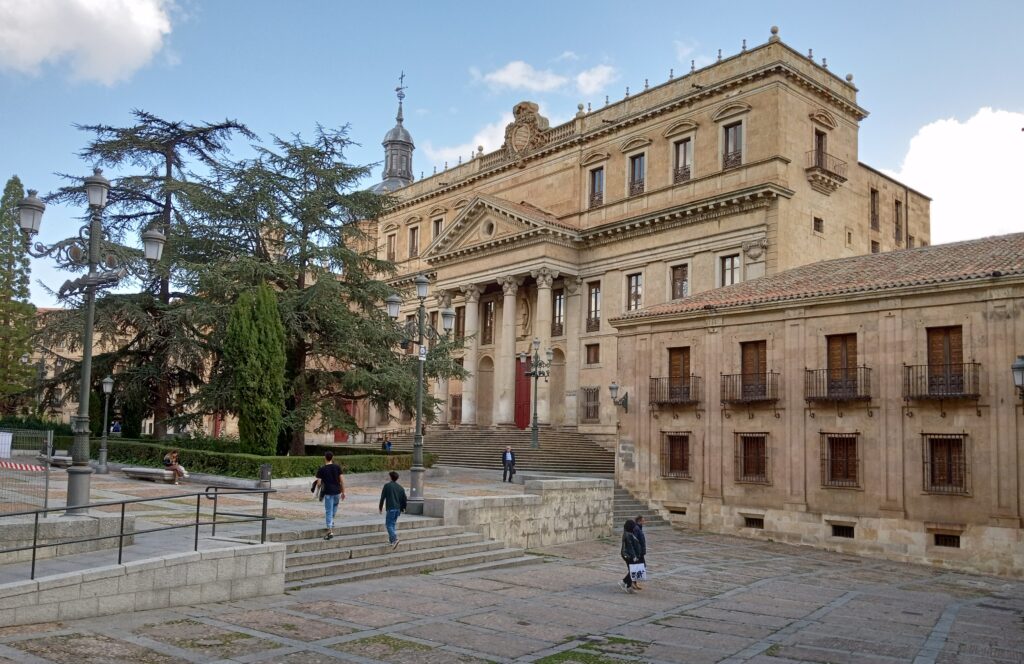
Salamanca University was founded in 1218. It is the oldest in Spain and one of the oldest in the world.
This top-ranked university has attracted both Spanish and international students for centuries. Currently, 30,000 are enrolled in undergraduate and graduate programs. After visiting Salamanca, I was seriously ready to become a student again!
The university focuses on the humanities, languages, law and economics. It is also home to numerous research centers, most importantly for cancer and neuroscience.
There is also a fascinating history of sorcery and black magic here at the school!
Salamanca Cathedral(s)

Salamanca Cathedral is actually two cathedrals — the old and the new. They’re joined together.
The Old Cathedral was built in the Romanesque style and dates from the 12th to 13th Centuries. The New Cathedral was constructed in the 16th Century with Gothic and Baroque features.
The interweaving of the different styles can be seen in the Cathedral’s remarkable dome, choir, sculptures and pillars, which take visitors on a fascinating and rich artistic journey through the centuries.
The Famous Frog
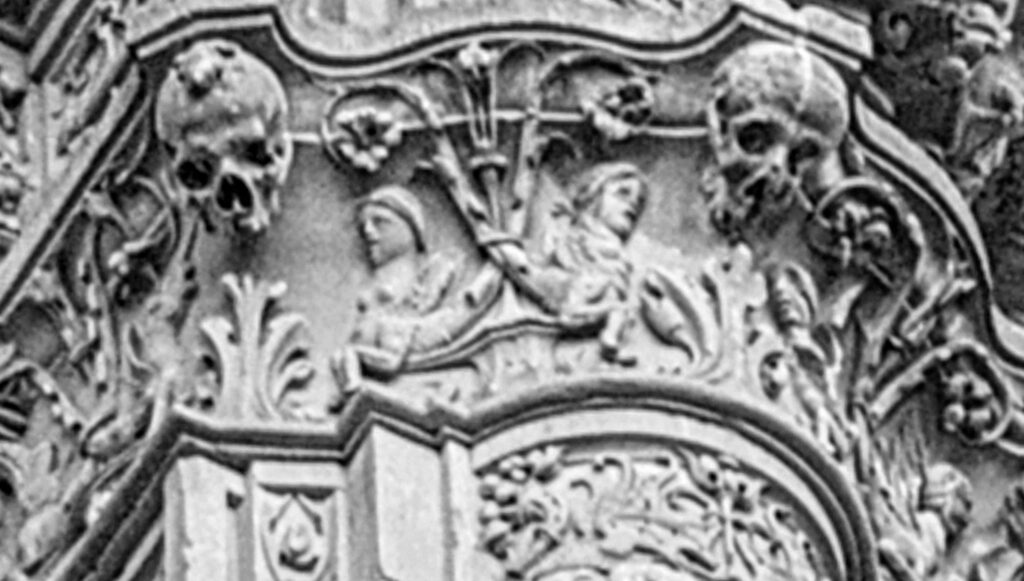
If you’re unfamiliar with the frog of the University of Salamanca, you’ll soon become acquainted with him. All the tourist shops sell mugs, pens, magnets and t-shirts adorned with this little green amphibian.
Why is this?
The frog is said to represent the story of Prince Juan of Seville. He died as a teenager in 1497, before the completion of the façade of the university’s main building. The academic community believes that the frog is a homage to Dr. Parra, who tried to save the prince’s life, hence the nickname La Parrita, or Little Parra.
Superstition has it that when first-time students arrive at the University of Salamanca, it is a rite of passage to try to locate the teeny frog carved into this detail-filled façade. If you can find it, academic success is guaranteed for the year ahead.
Despite my university days being long behind me, I thought I was up for the challenge. I admit I did cheat a little because I did not have all day to search for this wee creature. I had tapas to eat!
Spoiler alert:
Face the doors and look up and to the right. He sits atop a skull. Now, go enjoy your tapas!
Cielo de Salamanca
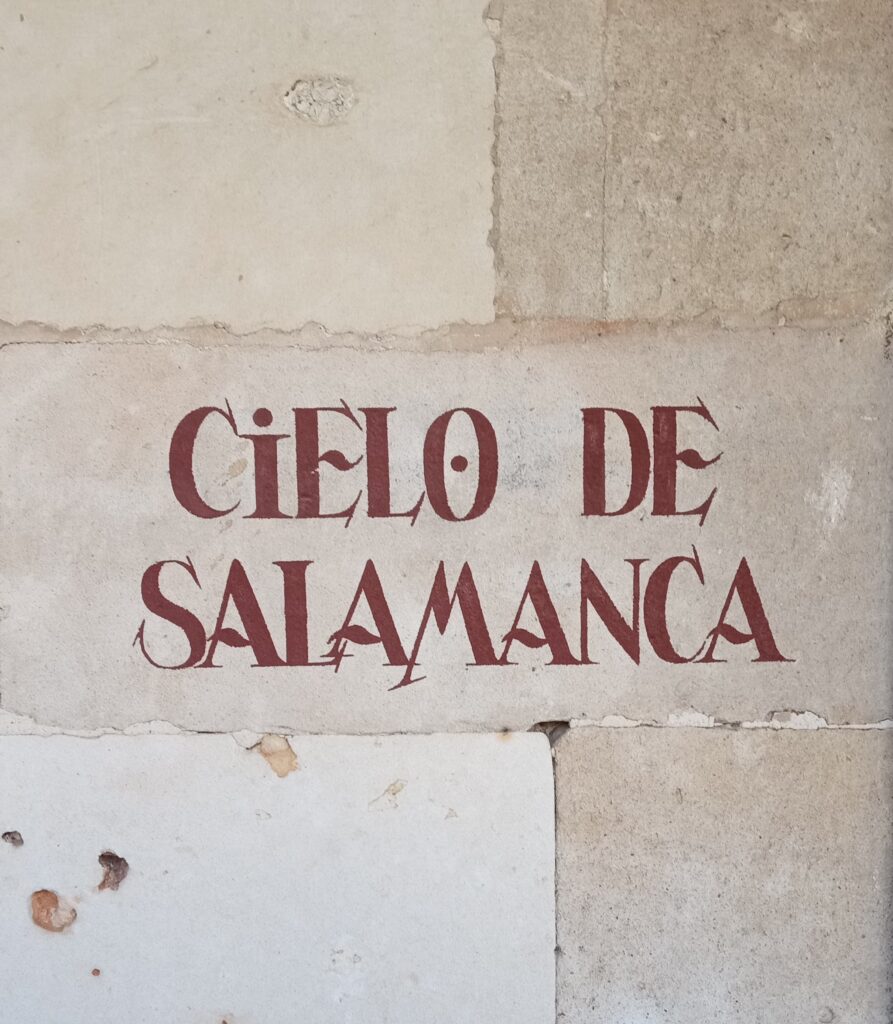
It is forbidden to take photographs of the painting of the Cielo de Salamanca (not that this stops anyone) but trust me, this is something not to be missed.
Created in the 1480s and now located in the Escuelas Menores of the University of Salamanca, this gorgeous painted vault highlights the study and knowledge of astronomy in the 15th Century. Astrology fans — Leos in particular, because we love this stuff — will enjoy craning their necks to find their zodiac sign and favourite constellation.
Casa de Las Conchas
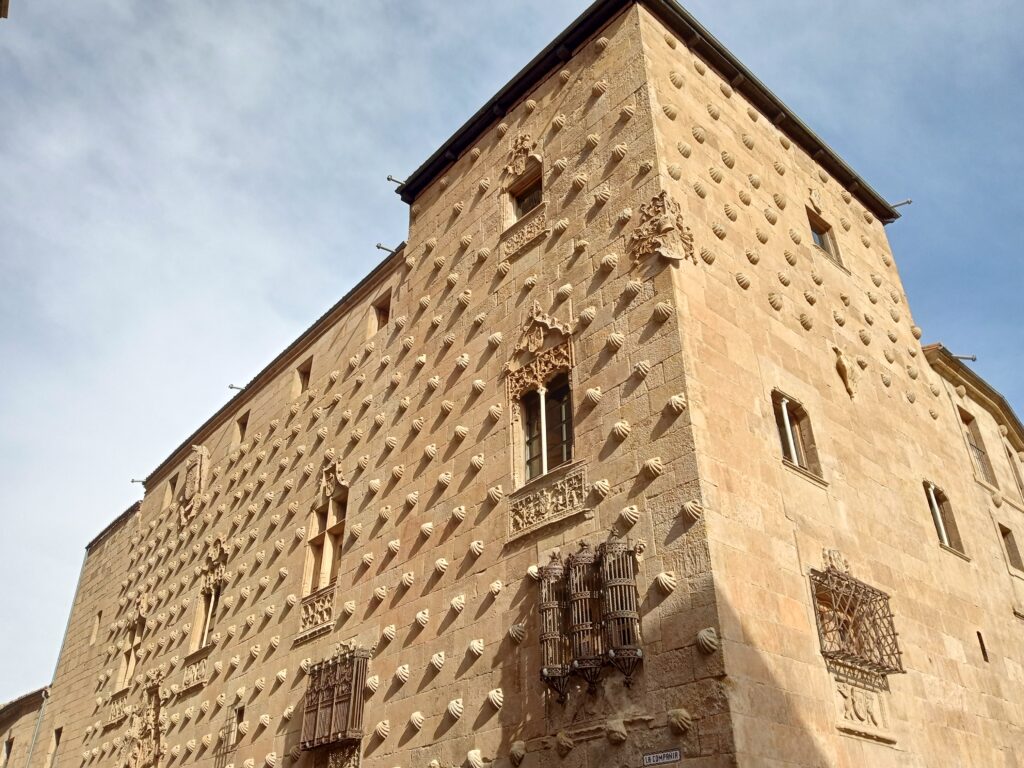
The Casa de las Conchas is definitely the coolest public library I have ever seen. It’s free to enter and walk around. And its lovely patio doubles as an exhibition hall.
As a pilgrim, I am particularly fond of the façade, adorned with over 300 scallop shells, the symbol of the Camino. “The Camino House”, as I like to call it, was built from 1493 through 1517 by Rodrigo Arias de Maldonado. He was a professor at the University of Salamanca and a knight of the Order of Santiago de Compostela. So, this building will be a meaningful stop for any pilgrim visiting Salamanca.
Some other interesting details that adorn this building are the coat of arms of the Catholic monarchs, four unique windows, the coat of arms of the Maldonado family, dolphins (the Renaissance symbol of love) and different vegetables. But the shells are certainly the most prominent and eye-catching.
Roman Bridge
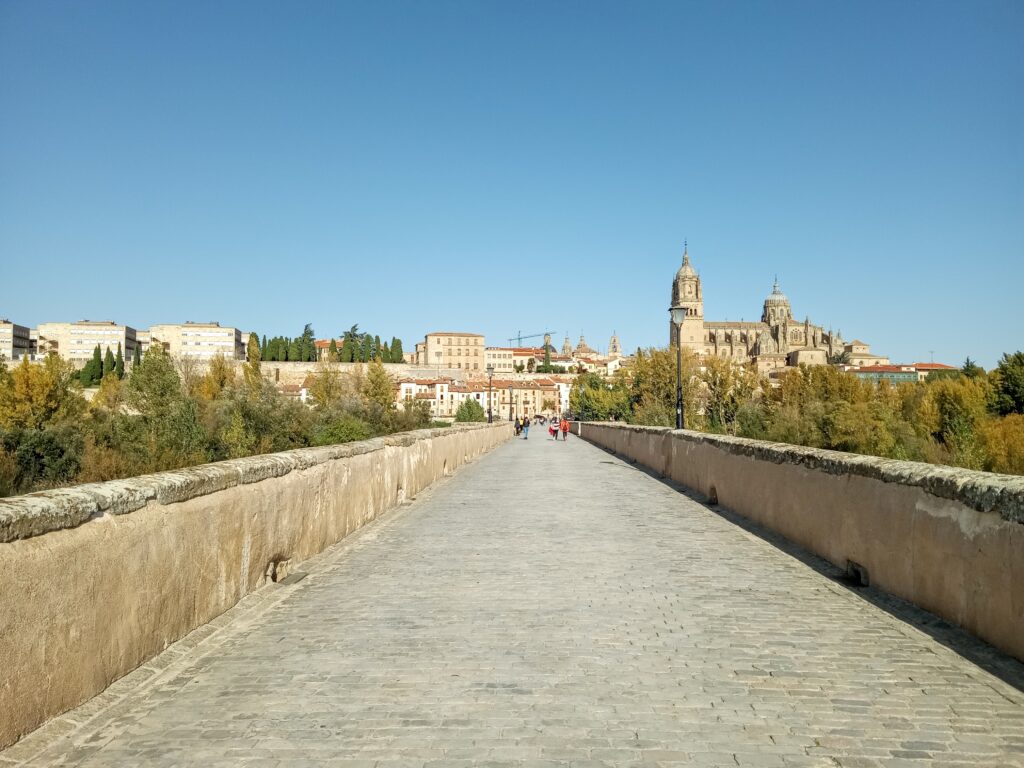
Take a walk over the ancient Roman Bridge and observe the old center from the other side of the Tormes River.
Dating back to the 1st Century, during Roman rule, this bridge was constructed as a crossing on the Via de la Plata, connecting Mérida and Astorga. Now only used for pedestrians, this bridge has undergone several repairs and reconstructions due to the flooding and traffic it has endured over the centuries.
Today, it makes for a delightful stroll with sweeping views of the river and old town.
Casa Lis
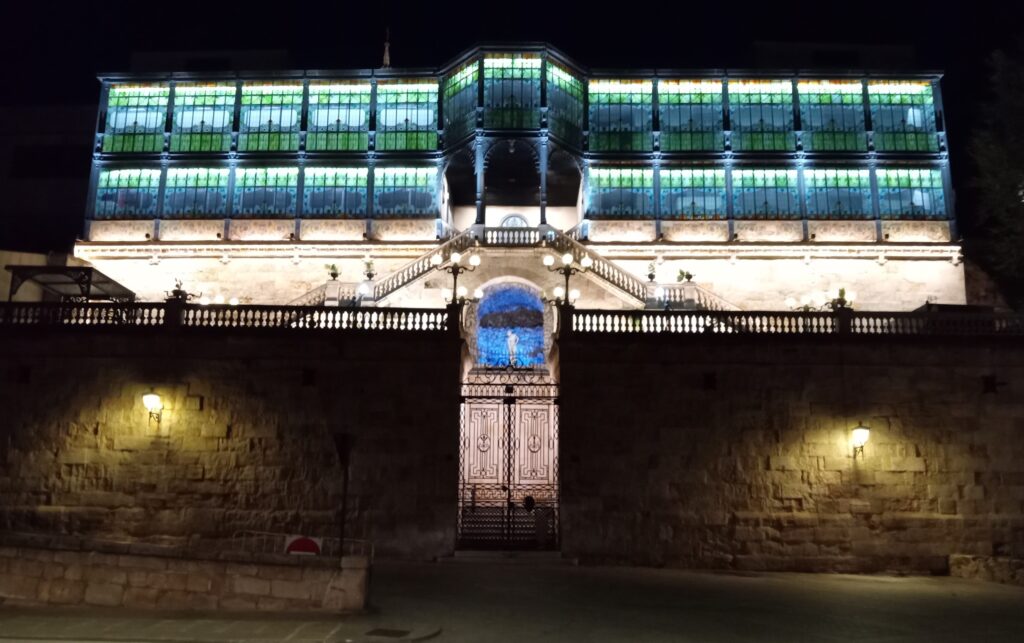
Casa Lis is a celebration of the Art Deco and Art Nouveau styles, two of my favourites. The mansion was built in the early 1900s for Miguel de Lis, a wealthy business owner who ran a lucrative tanning factory.
It has changed hands many times throughout the century, eventually falling into disrepair in the 1970s. In 1981, the City of Salamanca reclaimed and repaired this elegant building. It now houses an extensive collection of decorative arts from the 19th Century through World War II.
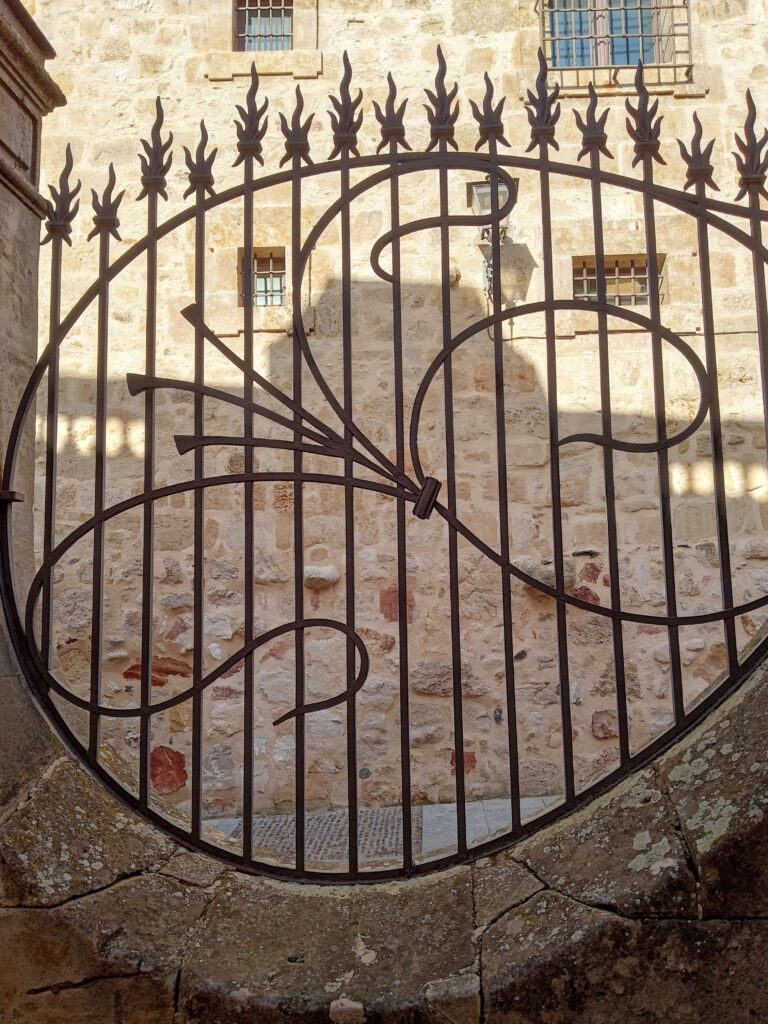
Here you can see fascinating artifacts including sculptures, fans, glasswork and a superb collection of dolls. For anyone who loves knick-knacks, this is the place for you!
Be sure to take a break to marvel at the exquisite stained glass and view of the river from the quaint cafe.
Convent of San Esteban

The Convent of San Esteban is probably my favourite place in Salamanca. On my evening stroll, the winding streets led me here and I was so taken with the beautifully floodlit stonework. The detail is truly astonishing.
Completed in 1610 for the Dominican order, this grand site comprises a church, sacristy, cloister, chapter houses, and the University’s Faculty of Theology.
While the most intricate details and ornate work can be found on the church’s façade, a walk through the interior will offer a rewarding glimpse into the history and life of the monastic order that occupied this space.
Central Market
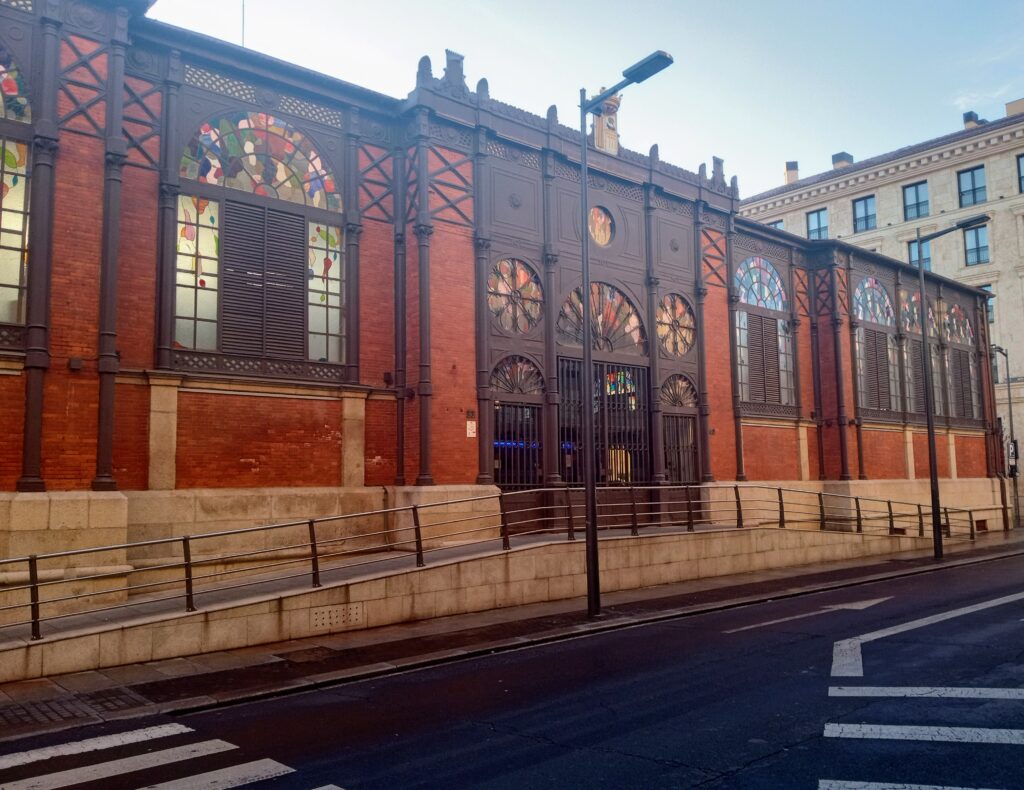
Markets are a highlight of any Spanish city. They are a place where you can mix with the locals and feel the chaos of everyone clamoring to buy the freshest catch of the day or straight-out-of-the-oven loaves of bread.
At 103 years old, Central Market is the oldest in Salamanca. Located just a few steps from Plaza Mayor, this is the best place to pick up jamón and queso for a picnic lunch. With 53 stalls, you’ve got lots to choose from!
Salamanca is two and a half hours by bus from Madrid. It makes for a great day trip and an even better overnight. It’s one of Spain’s most beautiful cities. You’ll be awed by the elaborate architecture, relaxed vibe and hidden corners. And if you take your time and savour your surroundings, Salamanca is sure to surprise you!
Buen Camino!